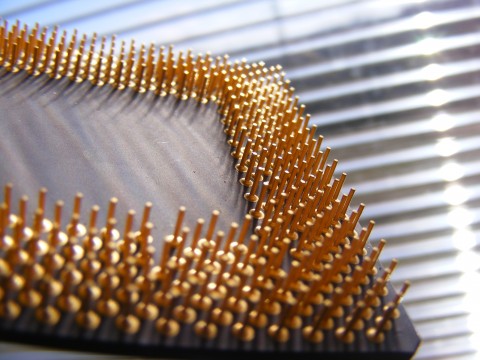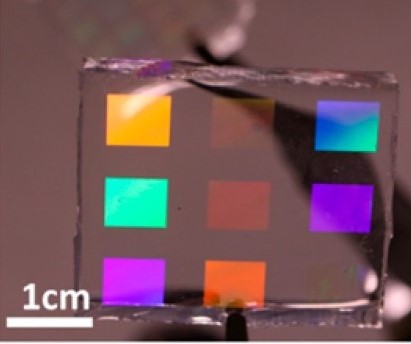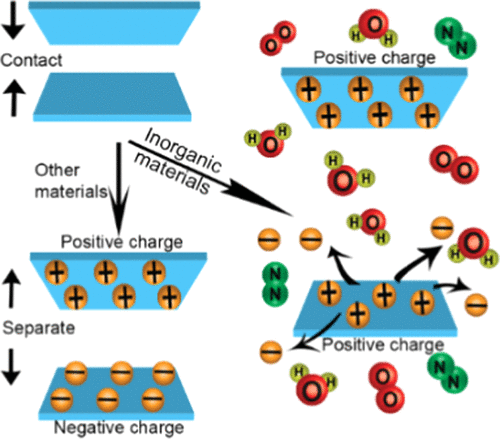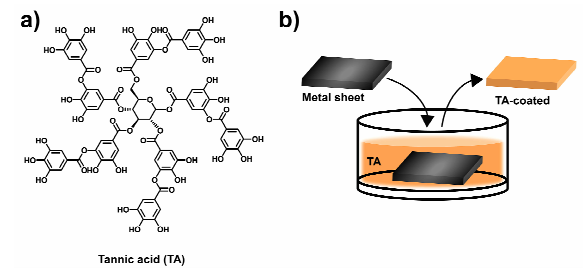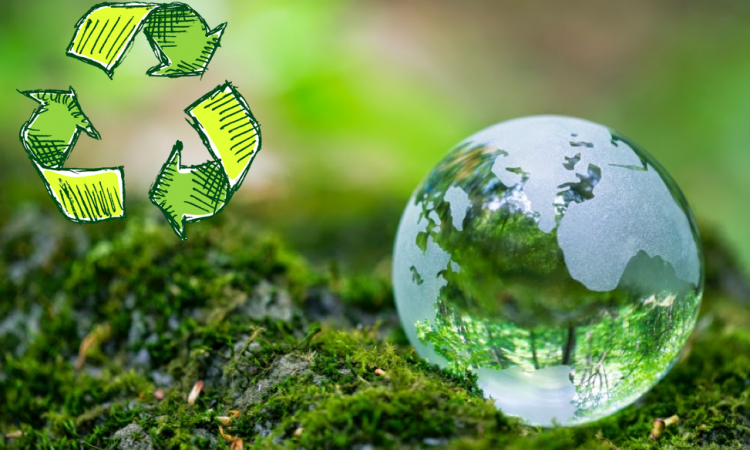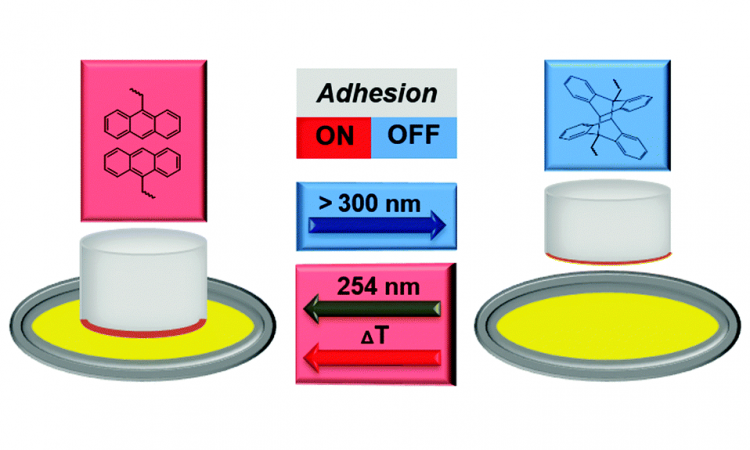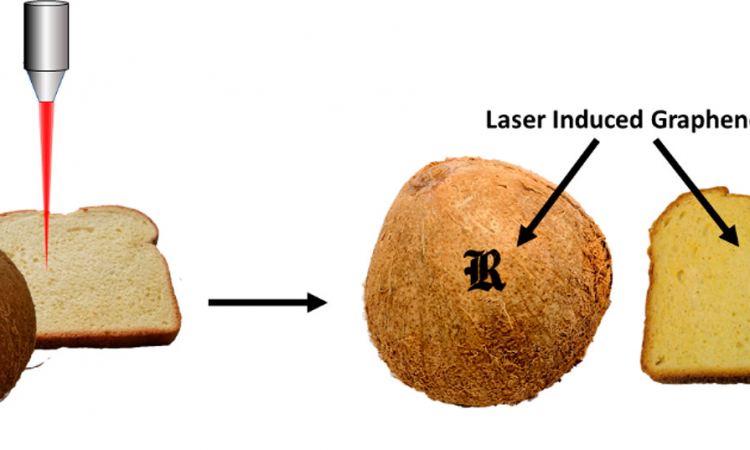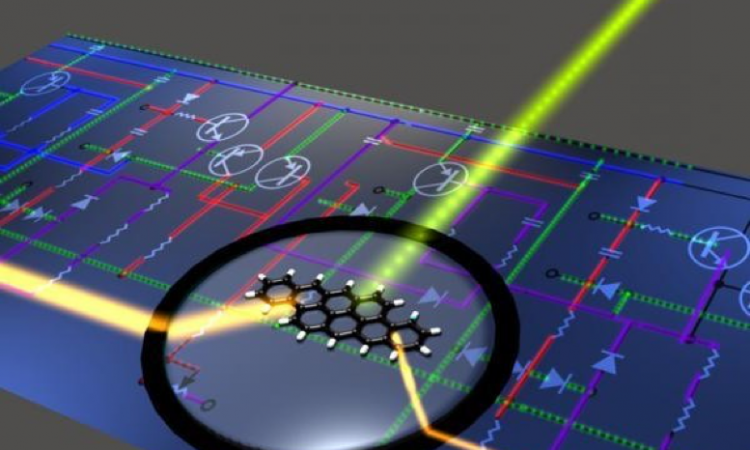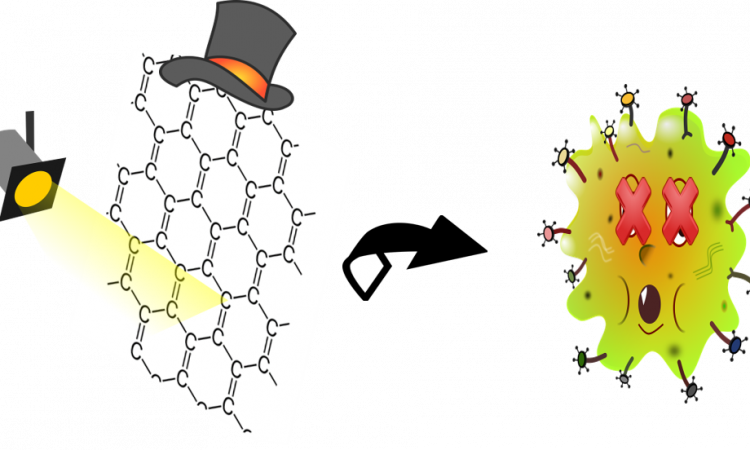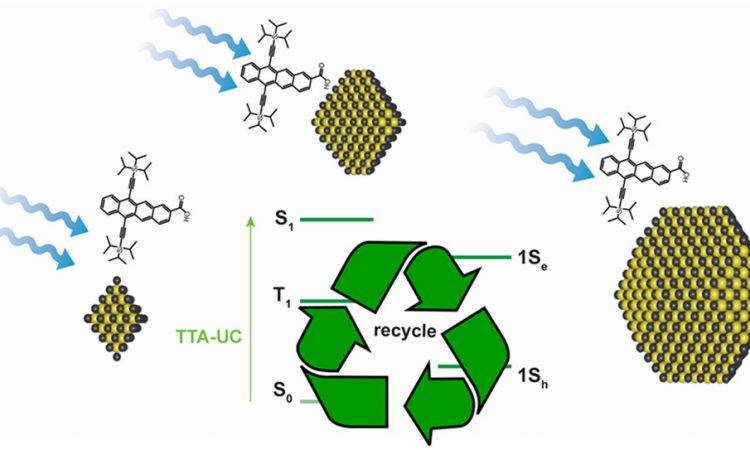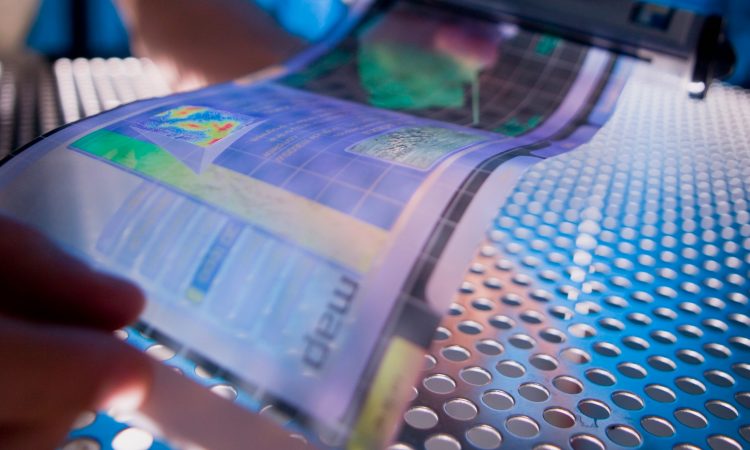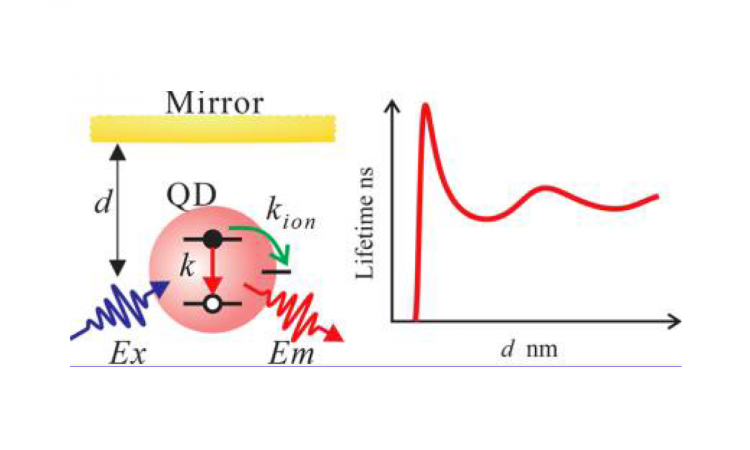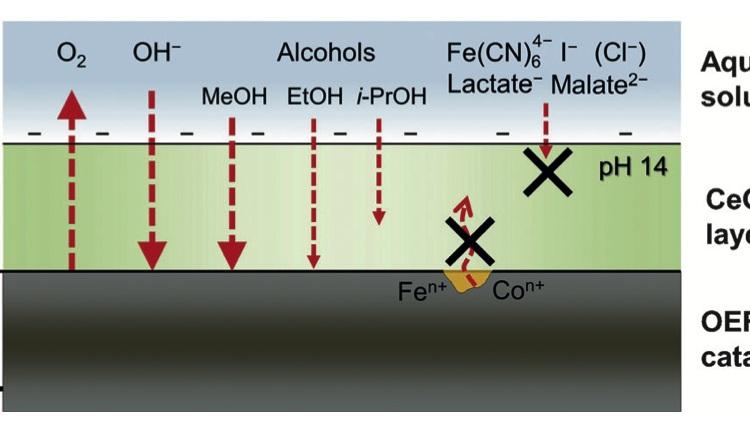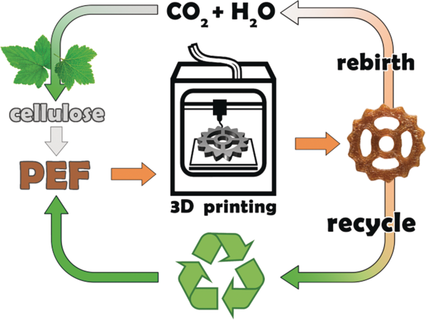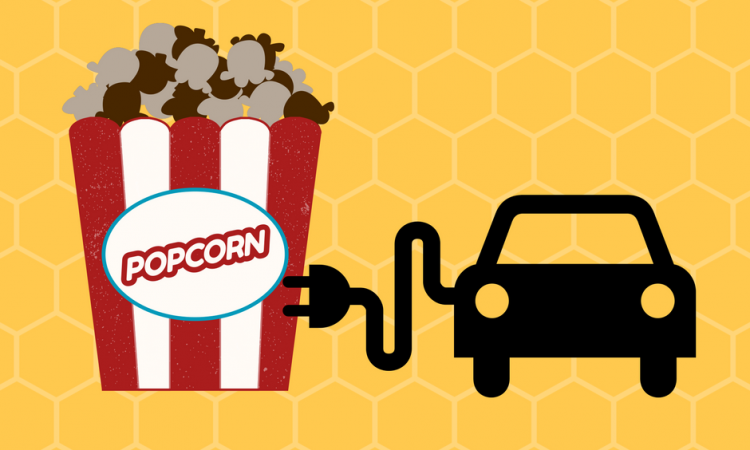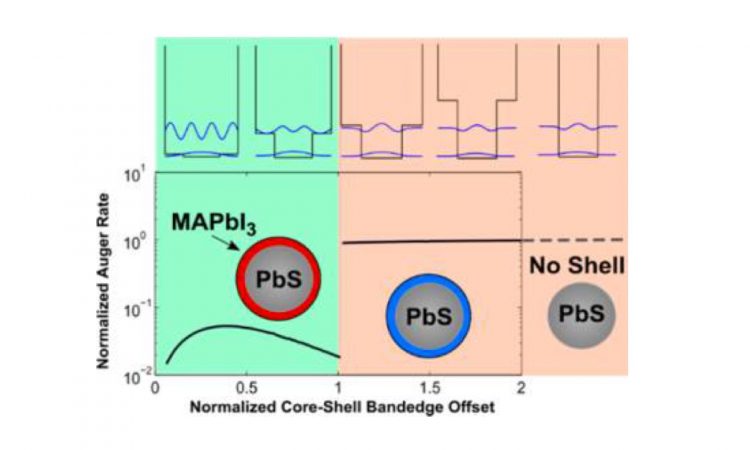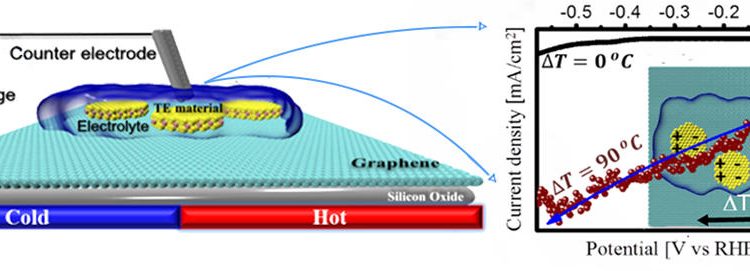Boosting the performance of new solar panel technologies is a goal researchers around the world seek to enable clean energy. Read how a team of 25 researchers achieve this with new materials!
New Materials to Recover Gold from Recycled Electronics
Gold is one of the most important metals since it’s used in electronics. Let’s learn from Charlie about a new material than can help recycle gold from discarded devices!
Did life come from the depths of the ocean?
Amino acids were found in the Atlantis Massif, under the ocean floor. Is their non-biological synthesis the origin of life?
Nanodome architectures lighting our way to sustainable energy!
Ever wondered how researchers are making solar energy conversion more efficient and affordable? In this article, learn about nanoscale architectural designs assisting in trapping and managing light for better solar efficiency!
Skeletons tell Stories– Chemistry of the burned bones!
Happy Halloween Everyone! In this article, we are going to honor the dead and discuss their stories and also learn to communicate with them using analytical chemistry techniques. Explore with me the power of infrared spectroscopy and walk down the memory lane with the skeletons!
Plasmonic Stamps: Simple Color Control
Optical electronics are the future of technology. Take a look at how a new printing technique may enable chip scale manipulation of light via gold nanoparticles.
Deep Neural Networks Are Identifying the Next Generation of Materials
Machine learning? Deep neural networks? Find out how advances in artificial intelligence could help scientists discover new materials.
Chemistry and the cannon balls preservation
How can chemistry help preserve our cultural heritage?
Charges that challenge scientists!
Rub a ruler with a wool and hold it towards paper bits, then you’d find the ruler attracts papers. This may sound a common sense to you – the two surfaces have opposite charges.
But now, researchers find that not all materials behave the same and the reason is still a mystery.
Let’s take a look at the charges that challenges scientists!
Making surfaces oil repelling with a coating of tannic acid!
Making surfaces that oil can’t stick to is important for cleaning up oil spills and other pollution. Let’s find out about a new way to coat surfaces that makes them repel oil!
Recyclable plastics help save Earth!
Given our current rate of plastic consumption and generation, can our planet win over plastic? Can we save our planet and still use plastic? In this article, discover how chemists at Colorado State University have synthesized a new kind of plastic that can be recycled infinitely without losing its functionality!
Controlling Adhesives with Light!
Let’s learn about a new material that can be made sticky or not sticky with just light!
Using lasers to make graphene on the surface of food!
Graphene is a wonder-material that is nearly indestructible, conducts electricity, and flexible enough to be worn. Let’s learn how to make it with lasers on the surface of carbon-based materials!
Making computers from molecules – Molecular Turing Machines
In this article, explore the tiny molecules that could be used for computational work in future of smartphones! Inspired by your own body, machines made from molecules could be the next generation of computers!
The Thousand Wonders of Graphene: from 2D to 3D Photodrugs!
The authors of this paper can make a photodrug from a special type of graphene.
Energy Flow in Quantum Dot – Organic semiconductors
Quantum dots are fascinating super small solids. Highly conjugated tetracene is an electronically active organic molecule. When these two are mixed, electrons bounce around in amazing ways and these researchers found out how.
Flexible iPhones and Wearable Touch Screens: Transparent Conductors with Silver Nanowires
Flexible touch screens and see-through electronics could be closer than you think! Let’s learn about a new way to make transparent conductors with silver nanowires!
Nanoparticles and Mirrors: A “Bright” Future for Nanocrystal Blinking
You probably look in a mirror every morning: fix your hair, maybe even take a selfie. But the idea of using mirrors to look at molecules – that just sounds crazy, right? Maybe not – but you’ll have to read this Chembite to find out!
Always Use Protection: Preventing Catalyst Degradation with Coatings
Catalysts are critical components of many industrial processes. Unfortunately, many promising catalysts degrade over time. Here, researchers show that some catalysts can be protected by coating them with another material.
Green 3D printing: from cellulose to plastic objects!
3D-printing at its greenest!
A resistant material for 3D-printing is synthesized from plant components!
Looking inside your TV
Ever wondered how the images on your TV or computer screen are formed? Today let’s look inside your TV and learn about the nanoparticles forming the high definition display! (Obviously without slicing it open!)
Popcorn supercapacitors – future batteries for electric cars?
Most people prefer their popcorn popped to perfection, but scientist Jianhua Hou prefers his burnt. How could the smell of burnt popcorn possibly be a good thing? Chembites investigates!
Quantum Dot Lasers: Improving Efficiency with Perovskite Shells
Lasers are cool – everyone who’s seen a sci-fi movie knows that. But we still haven’t figured out how to use them to their full potential in real life. This paper explores some ways to improve the efficiency of quantum dot lasers, which have a myriad of applications in computers to cell imaging.
Using Heat to turn Water into Fuel
The development of clean, efficient, and renewable forms of energy is a critical scientific challenge. Plants have already figured out how to do this via photosynthesis. Can we develop a process that mimics this?
Getting Rid of the Coffee Ring
Coffee has more to offer your brain than just yawn-free days! Transform your everyday experience with coffee and its stains to an understanding of the interesting phenomenon of coffee ring effect. Explore its implications and challenges in materials industry and learn about a simple approach to get rid of it.


